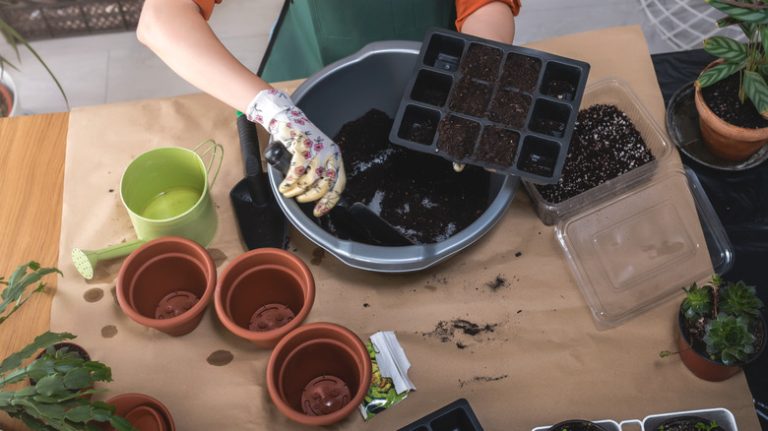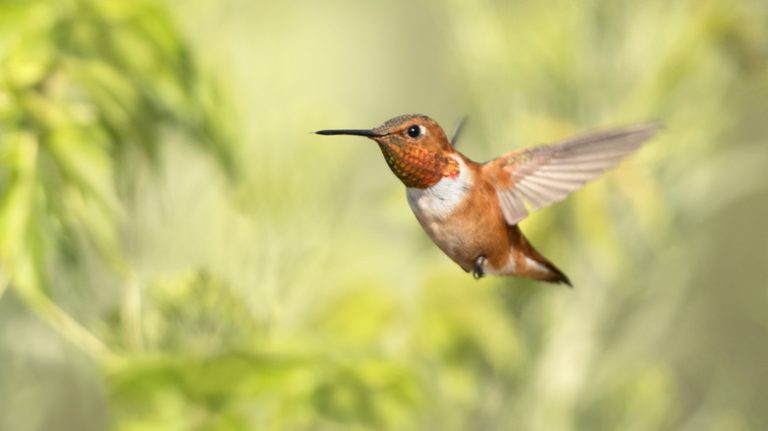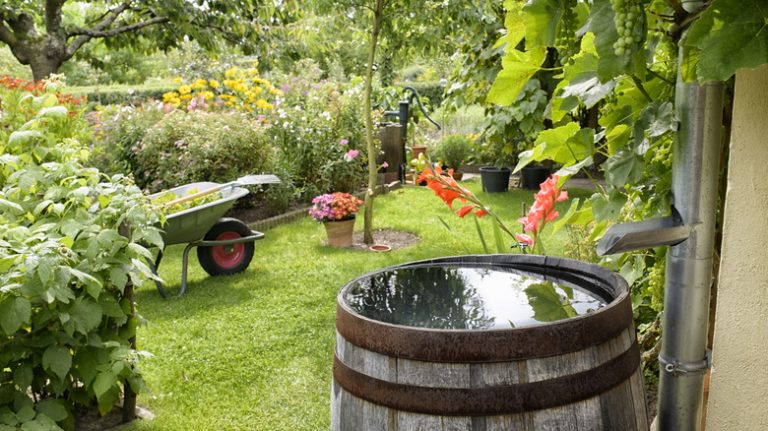It is pretty easy to identify powdery mildew on your plants. Unlike so many other pathogens that have similar symptoms, this fungal problem looks just like the name implies — a layer of white powder. Large-leaf plants like those in the squash family are particularly susceptible to powdery mildew, but almost any plant can fall victim to this fungus in the right conditions. There are different types of powdery mildew that only affect certain plants. While the genus of each kind of this fungus is different, getting rid of mildew is the same for every type — you can use hydrogen peroxide to control powdery mildew whether it’s on your lilac bush or in your pumpkin patch.
Like all fungal issues, powdery mildew is spread by spores. These pathogens are picked up by the wind from an infected plant, land on a healthy one, and the infection begins. The earlier you identify powdery mildew on your plants, the more effective the treatment will be. Powdery mildew thrives in damp, warm, and humid environments, so when these conditions are present, keep a close eye on your garden and treat any outbreaks as soon as possible.
Using hydrogen peroxide on powdery mildew
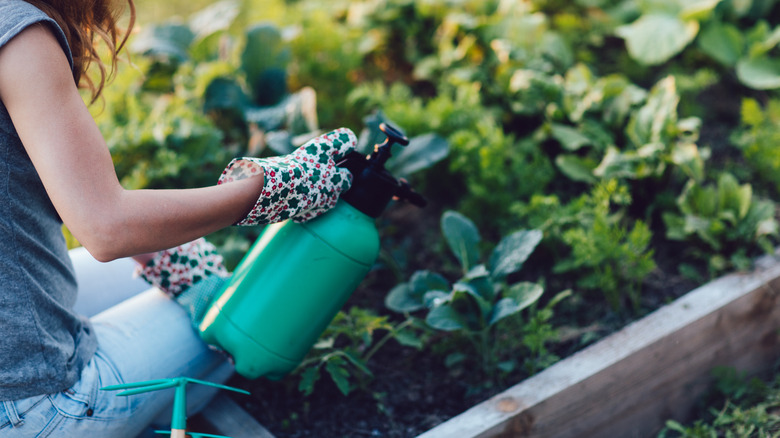
You may already use hydrogen peroxide in your bathroom as a disinfectant. It is also a powerful and effective solution for infections, is cheap to purchase, and can be found at most department stores. The same properties that make it good for wounds make hydrogen peroxide helpful against garden pathogens.
However, spraying undiluted hydrogen peroxide on leaves can severely damage delicate plant tissue, potentially killing the plant. You need the correct ratio of water to peroxide to make it safe for tender leaves. Look for a 3 percent hydrogen peroxide solution, which is the standard option available at most stores. Mix 1 tablespoon of peroxide per gallon of water. Spray the tops and bottoms of the leaves on your plants with the mixture as soon as you see signs of powdery mildew. Repeat weekly as needed. Because this fungus is so difficult to eradicate, you may have to deal with this issue until the end of the season, keeping it controlled.
Disposing of infected plants
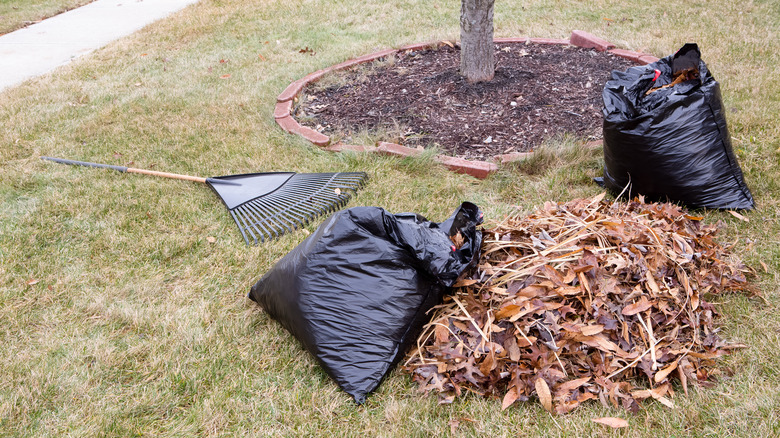
You may think controlling powdery mildew until a plant has expired or dropped its leaves is the end of your problems. However, fungal spores will remain on all infected greenery, so it is important to dispose of the foliage to try to prevent the same problems from coming back next year. Never put plants with any kind of disease, including fungal issues, in your compost pile.
If your infestation was on a tree or bush, rake up all the leaves at the end of the season. Put them in a bag and throw them away, or burn them if that is allowed in your area. Garden plants should be treated similarly. Carefully collect all affected plants, including leaves and stems, and throw them away or add them to a burn pile. Although powdery mildew will never entirely go away, keeping it controlled and following proper disposal practices can help reduce its reappearance in your garden next year.

